
*From the left
Christoph Senn: Senior AI Engineer
Levin Lim: R&D Team Manager
Jerome Bosser: Head of R&D and Technical Director of Innotech
Chia Chuan Chang: Senior AI Engineer
*BNS will be used in place of Bandai Namco Studios for the rest of the article for brevity.
What is Innotech? Its Origins and Vision
―Let’s start by having Levin and Jerome talk about how Innotech came to be and its vision.
―First, please tell us what you do.
Levin: As Team Manager, my role centers on ensuring the team operates efficiently and remains motivated.
I oversee the progress of each project to maintain smooth execution, facilitate cross-functional collaboration, and ensure our development objectives align with the company’s strategic vision.
I often describe my role as the lubricant that keeps the engine running—quietly enabling momentum, cohesion, and performance behind the scenes.
Jerome: As the Head of R&D and Technical Director of Innotech, my role goes beyond simply supervising projects—I am responsible for guiding the team with a clear vision of where we should be heading.
With my expertise in technology, particularly AI, I also act as a “watchdog” for emerging innovations, carefully evaluating how they can be applied to our work. At the same time, I remain directly involved, personally developing and coding two cutting-edge projects.
My responsibilities span three key areas: delivering optimal R&D solutions to meet the immediate needs of our game teams, identifying and advancing promising technological breakthroughs, and addressing organizational challenges on the management side.
To achieve all this, seamless communication between the game teams and Innotech is essential. I make it a priority to understand the language and past work of the game teams while also translating complex technical concepts into clear, accessible explanations. In this way, I see myself not only as a leader but also as a bridge between both sides.
―What role does Innotech play within BNS?
Levin: Innotech was founded by our CTO, Julien Merceron, in response to a growing need for a dedicated R&D team within the studio. Game teams often lacked the resources to pursue research, which led to our technology falling behind industry standards. Innotech was created to address this gap by conducting advanced research independently – free from game team budget constraints, yet closely aligned with their needs. We operate autonomously, prototyping innovative features and presenting them to game teams. Once a concept is validated, we collaborate closely with the teams to integrate the technology into their projects.
In early 2020, Jerome Bosser joined the department as a Senior AI Engineer to address these challenges and strengthen its foundations. Since then, he has expanded Innotech by recruiting the right people and guiding the selection of projects and technologies to ensure long-term growth. He now manages the team as Technical Director.
The Innotech team is a compact, high-performing, and diverse group of R&D engineers dedicated to pioneering technologies we believe will be essential for the next generation of game developers and players. Our current research focuses heavily on advanced graphics and practical applications of machine learning, while past initiatives have included exploratory work in blockchain and cloud-based technologies. Each engineer operates with a high degree of autonomy, leading one or two projects under the strategic guidance of our Technical Director, Jerome. This structure allows us to move quickly, experiment boldly, and deliver impactful innovations.
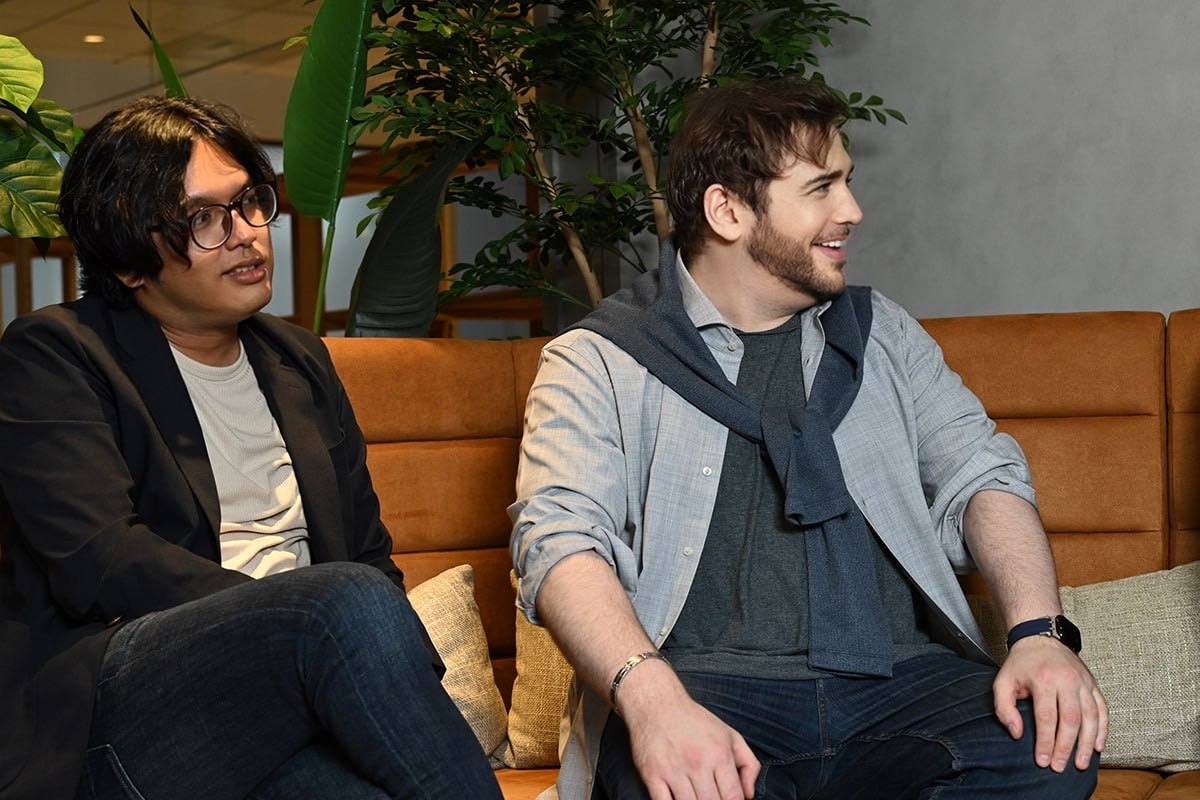
Jerome: At Innotech, we focus on developing original technologies that directly transform game production.
I assembled a small team of exceptional engineers, individuals with deep gaming expertise, strong machine learning backgrounds, and genuine curiosity. This team now builds proprietary models and pipelines in areas such as cutting-edge AI, advanced graphics, and procedural content generation. Their work has already made a measurable impact on major IPs, and each engineer is empowered with both the freedom and responsibility to drive innovations that reach players directly. Innotech is not just a research group; it is a catalyst for embedding breakthrough technologies into the heart of Bandai Namco’s most iconic franchises.
Innotech’s cutting-edge technology and how it is revolutionizing game development.
―What areas of technology or development themes is Innotech currently focusing on?
Jerome: The Innotech Team is currently focused on three key areas of innovation.
First, gameplay. We are developing systems such as Ghost/Avatar and next-generation companion AI to deliver deeper, more personalized player experiences.
Second, production tools. We are creating advanced, AI-driven tools that help developers work faster and more intelligently. These tools are already being adopted across multiple Bandai Namco studios, streamlining the production of large-scale titles.
Third, quality in graphics and physics. We are pushing the boundaries of visual fidelity and realism through technologies like neural rendering, super-resolution, and AI-powered physics engines.
Importantly, many of these technologies have already been deployed in some of Bandai Namco’s most iconic IPs, demonstrating their value not just in research, but in real-world development.
Through these three pillars, Innotech ensures that Bandai Namco remains at the forefront of both player experience and game development excellence.
Chang, who works on AI super-resolution technology, and Christoph, who works on neural rendering techniques, can provide details.

―Chang and Christoph, please tell us about your efforts at Innotech, what you’ve achieved, and the challenges ahead.
Chang: As a machine learning engineer, without going into too much technical detail, our goals are to make games (1) run faster, (2) look better, and (3) feel more fun for players.
So far, my work includes:
Applying machine learning techniques to speed up the particle system, which can be used in real-time fluid simulation.
Developing an AI-powered super-resolution system with computer vision techniques, tested or currently used in more than 20 projects.
Implementing a next-generation AI town system in RPGs, making NPCs behave more like real humans.
I’ve also built many quick POC demos for different dev teams, exploring future possibilities in gaming,
such as terrain generation, real-time TTS/voice conversion, AI avatars, and LLM-driven NPC systems.
Each technology has its pros and cons, so we work closely with game developers to customize and optimize it for their games. We also keep an eye on the latest research to stay ahead, aiming to deliver experiences that players can hardly find in today’s market.
Christoph: One achievement I’m proud of is my work on neural network–accelerated soft body dynamics. The goal was to explore whether machine learning could help simulate complex deformations more efficiently than traditional physics-based methods. Through prototyping and benchmarking, I was able to demonstrate significant performance gains in specific scenarios, which opened new possibilities for real-time applications in game development.
This kind of project reflects what I find most exciting about working in the Innotech Team: being able to take a speculative idea, build a working prototype, and validate its potential impact. Looking ahead, one of the challenges is scaling these kinds of innovations so they can be integrated into production pipelines. We also aim to deepen collaboration with other teams to ensure our R&D efforts are aligned with real-world needs and workflows.

New technologies and possibilities born from an environment of responsibility and creativity
―What policies and values does the Innotech team hold dear when conducting research?
Levin: As mentioned earlier, each engineer in the Innotech Team enjoys a high degree of autonomy in their work. While we operate under a shared strategic direction and occasionally shift focus to support established tools or ongoing projects, we make it a priority to preserve space for individual exploration. Team members are encouraged to pursue small-scale experiments and research topics they personally believe could benefit our game development teams. This balance between structured goals and creative freedom is a key driver of our innovation.
―What’s an example of how this environment has led to the adoption of Innotech technology in actual game development?
Chang: The AI super-resolution system is one of our most popular techniques used by game teams. The core technology itself isn’t brand new, but we’ve continuously improved it through real-world collaboration with developers. By working closely with game teams, we learned insights you can’t easily find elsewhere, then customized features, fine-tuned models, or even trained entirely new models for specific games. That’s one of the reasons our super resolution tool still outperforms expensive software on the market in terms of quality.


Another memorable project was developing the AI NPC/town system for an RPG. Our system lets NPCs behave more like real humans instead of relying on rule-based mechanisms, which greatly improves player interaction and immersion. It was exciting to see them come alive inside one of my favorite RPG series. Through this collaboration, we also learned a lot from the dev team—understanding their current limitations, figuring out where we could push forward with Innotech’s strengths, and ultimately creating the best possible experience for players.
Christoph: The freedom to explore is a big draw. We’re trusted to follow our instincts and dive into areas that might seem risky or unconventional. That trust fosters a sense of ownership and creativity. Also, the team culture is very open—everyone’s ideas are heard, and there’s a genuine excitement about pushing boundaries.
One of the most memorable projects I’ve worked on involved neural rendering. I was exploring how machine learning could be used to accelerate or enhance parts of the traditional rendering pipeline—specifically, by training models to approximate complex lighting effects in real time. It was a challenging but rewarding process, involving a lot of experimentation with different architectures and datasets. What made the project stand out was how quickly it went from a theoretical idea to a working prototype that sparked interest across teams. It also highlighted the value of combining deep learning techniques with domain-specific graphics knowledge. My personal approach is to start small—build a minimal version, test it thoroughly, and iterate based on feedback.
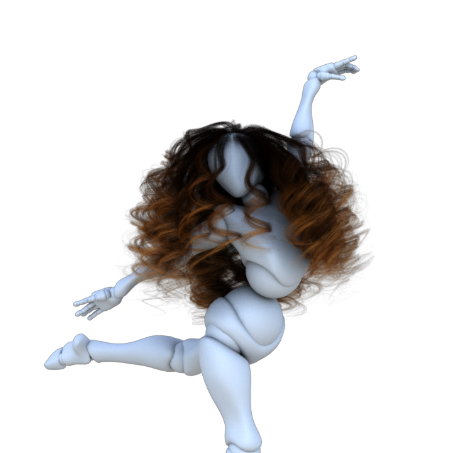
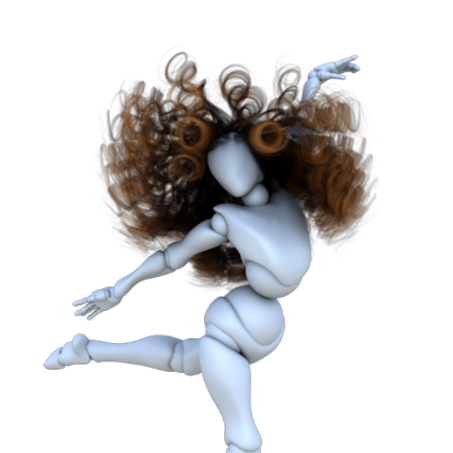

Jerome: What makes working in the Innotech Team exciting is that it sits at the crossroads of deep technical exploration and real game development impact. Everyone is trusted to pursue bold ideas- but also challenged to turn them into something tangible that our developers can use. That balance between freedom and responsibility creates an environment where innovation feels natural and rewarding.
For me personally, my journey has been a little unusual. Before joining Bandai Namco Studios, I spent years as a trader at major banks, already experimenting with early AI to beat the markets. At the same time, I had been programming games since I was eight years old, in C, Pascal, even building a basic 3D engine when I was twelve, back when the internet didn’t even exist. So even though I came from a different industry, game programming always felt familiar to me.
When I joined BNS, it was as a senior AI programmer to help on a very challenging project: the Tekken 8 ghost system. We had to restart from scratch, and in the end we built a system that learns in real time during fights, running seamlessly across all supported platforms.

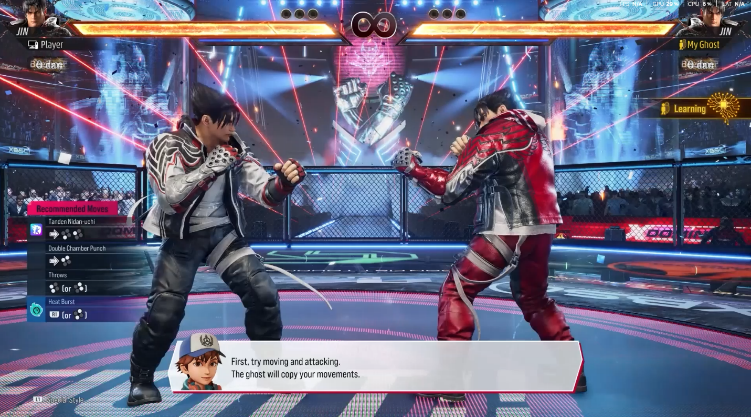
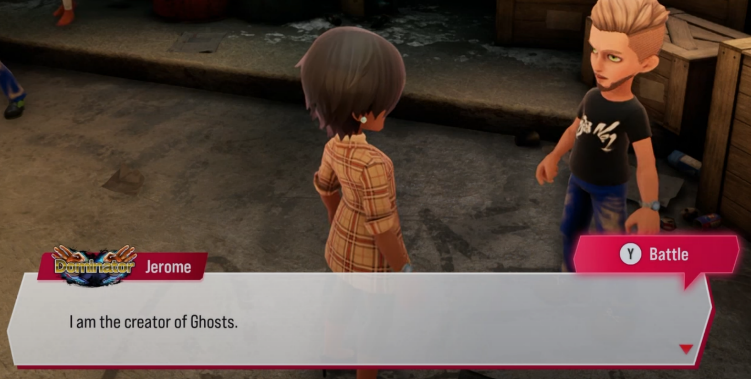
That project remains one of my most memorable because it showed how risky ideas, if given the right environment, can become breakthroughs. It also set the stage for my growth; first as AI Lead, and now as Technical Director of Innotech. The future is where things get truly exciting, as it opens doors to possibilities beyond anything we can imagine today.
Message from the Innotech Team
―Thank you very much!
―Then, finally, Among Bandai Namco Studio’s values (Grow BNS: Challenge, Autonomy, Pursuit, Co-Creation), which ones do you particularly focus on? Please share any guiding principles you value in your daily work.

Chang: Shaping the future of gaming with limitless curiosity
Christoph: For me, Autonomy and Challenge stand out. Autonomy gives us the space to think independently and take initiative, while Challenge keeps us pushing beyond what’s comfortable or familiar. Together, they create an environment where innovation feels natural and rewarding.
Chang: We work closely with frontline game developers and players, learning both satisfaction and frustrations to shape future experiences without compromise.
Our team values freedom to explore diverse technologies and projects, constantly iterating with creativity to achieve quality we truly believe in.

Jerome: Shaping the future, side by side
Levin: All four values are highly relevant to us, but if I had to choose, I would go with autonomy. Although we still operate within the hard limits and constraints of game development, the team is to some extent free from the typically rigid structures of the industry. This gives us the flexibility to experiment and prototype innovative technologies. We trust everyone to work in a way that suits them best, supported by an environment that aims to be as conducive and empowering as possible- one that minimizes unnecessary formalities and encourages focus on meaningful work.
Jerome: I believe all four values- Challenge, Autonomy, Pursuit, and Co-Creation- are deeply relevant to the Innotech Team. Challenge is naturally at the core of R&D, where we are constantly pushing into uncharted territory. But if I had to highlight one, I would choose Co-Creation. It is also the most difficult to achieve, especially in an environment with tight production constraints. R&D should never become a bottleneck for development; instead, our role is to accelerate and enhance it.
That’s why we work hand in hand with the game teams, listening closely to their needs and adapting our research to fit real-world workflows. I am especially proud of the trust and collaborative relationships we’ve built over the years. For me, that spirit of Co-Creation, making innovation a shared achievement rather than a separate effort; is the foundation of everything we do. On that note, I’d like to give a shoutout to our other team members who aren’t with us today.We couldn’t have come so far without all their hard work. Perhaps we will be able to introduce them and their work in another article later on. In the meantime, stay tuned and look out for our innovations in our upcoming games!
Related articles: Read these interviews if you’re interested in what our Engineers and Technical Directors do!
・Applying Knowledge from University Academic Research: A Curious Engineer and Master of Physics-Based Simulation Technology
・Mastering the Pinnacle of Technology! TEKKEN 8’s Evolution According to Its Technical Director
・Thoughts on Being a Game AI Engineer as a Second-Year New Graduate Hire
・What Makes a Technical Director? The Importance of Accumulating a Broad Range of Experience
TEKKEN™8 & ©Bandai Namco Entertainment Inc.




